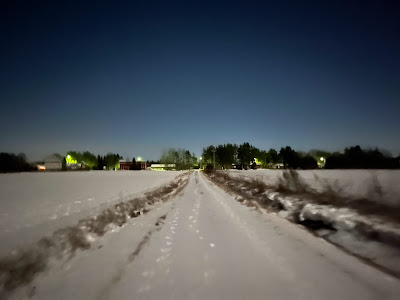Once upon a time, there was a vast expanse of ocean that stretched as far as the eye could see. Above the ocean, the sky was a brilliant blue, and for the most part, it was empty except for the occasional bird that flew by. But one day, something miraculous began to happen.
As the sun began to rise and the day grew warmer, the heat from the sun began to evaporate the seawater, turning it into a mist that rose into the sky. At first, the mist was barely visible, but over time it grew thicker and denser until it formed a large mass that covered the sky.
As the mist rose higher into the atmosphere, it began to cool down, and as it did so, it began to condense into tiny droplets of water that floated in the air. These droplets began to clump together, first in small groups, then in larger and larger clusters until they became visible as clouds.
The clouds grew and took on various shapes and sizes, depending on the temperature and the amount of moisture in the air. Some were fluffy and oval-shaped, others long and wispy, while still, others were dark and thick and full of thunder and lightning.
As the winds blew across the sky, the clouds would move and shift, sometimes coming together to form a larger cloud or breaking apart into smaller ones. And as they drifted across the sky, they would provide much-needed shade for those below and bring much-needed rain to the parched land.
And so it is that, to this day, clouds continue to form and move across the sky, bringing with them the promise of life-giving rain and the cooling shade of their fluffy, white forms.

Stratoclouds, also known as stratus clouds, are low-lying, flat clouds that appear gray or white and cover most of the sky. They are typically found at altitudes of less than 6,500 feet and are formed from the cooling and condensation of moist air near the ground. Stratoclouds are often associated with stable weather conditions and can produce light rain or drizzle. They can also form as a result of air pollution, and their presence can be an indicator of poor air quality.
My other blogs:
Roadscape Photography
Chevrolet El Camino 1970
Life @ Loimaa, mostly Finnish


















































